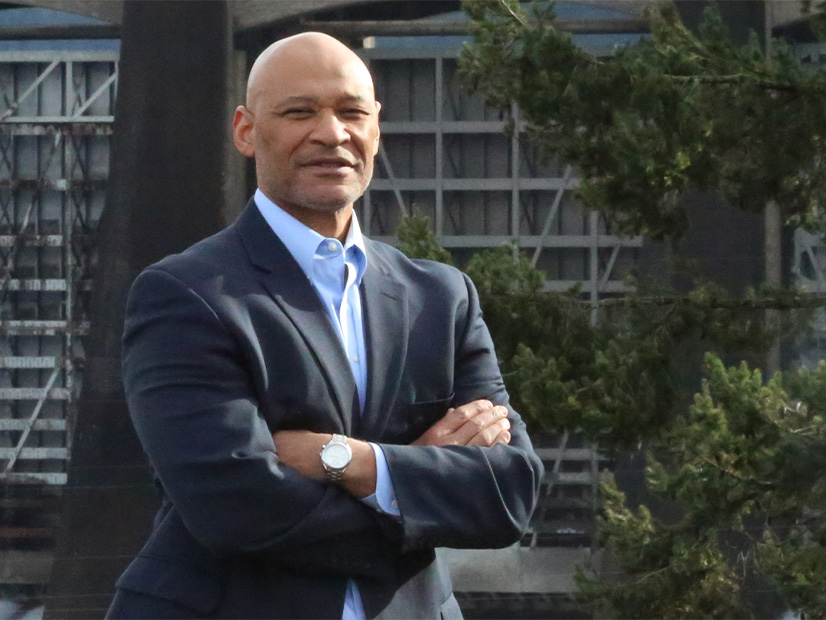The potential benefits of a single West-wide market footprint must be viewed with “significant skepticism,” the Bonneville Power Administration’s top official told Seattle City Light in a letter reemphasizing the agency’s view that SPP’s Markets+ is preferable to CAISO’s Extended Day-ahead Market (EDAM).
The letter from BPA Administrator John Hairston, posted by the agency Dec. 17, came in response to a Nov. 14 letter from City Light CEO Dawn Lindell that argued BPA is risking millions of dollars in economic benefits by favoring Markets+ over EDAM.
Specifically, Lindell pointed to a BPA-commissioned study by Energy and Environmental Economics (E3) showing the agency could gain between $69 million and $221 million per year in economic benefits if it joined CAISO’s EDAM over Markets+.
In his response, Hairston contended that City Light’s numbers are only accurate under a scenario in which there is only a single West-wide market rather than the more likely scenario that there will be multiple markets in the future.
“The Western Interconnection appears certain to have multiple day-ahead markets as entities have signed implementation agreements and issued declarations (or intent) for specific day-ahead markets,” the letter stated. “The expected materialization of benefits under a single West-wide market footprint should be viewed with significant skepticism.”
Hairston similarly shot down City Light’s contention that remaining in the Western Energy Imbalance Market (WEIM) and joining no day-ahead would produce greater benefits than joining Markets+.
Many WEIM participants have already signed agreements to participate in either Markets+ or EDAM, meaning the benefits of WEIM will likely erode, according to Hairston.
“As EIM entities move to the [EDAM] proposed by … [CAISO], there is no guarantee WEIM will continue to be offered as a standalone program, which is a risk to the potential benefits and long-term viability of a WEIM-only scenario for Bonneville,” the letter stated.
The BPA administrator also touted the Markets+ requirement that its members participate in the Western Resource Adequacy Program (WRAP) to ensure system reliability. By contrast, EDAM’s proposal lacks a “common resource adequacy metric,” according to Hairston.
“Without a market wide mandate for resource adequacy program participation, EDAM does not provide the same assurance for long term benefits of a resource adequacy program that is provided by Markets+,” the letter stated.
Pathways Skepticism
However, BPA has repeatedly highlighted the governance issue as the main reason it favors SPP’s markets+. While Hairston noted the West-Wide Governance Pathways Initiative has made important strides toward improving EDAM’s governance structure, he argued that more work must be done to ensure that the market is independent of CAISO — and California — influence.
Hairston singled out three areas of concern: the shared tariff under which EDAM and CAISO would operate, the CAISO board’s authority over market operations and other functions, and that CAISO would remain the counterparty in contracts with market participants, according to the letter.
Additionally, it’s uncertain whether California lawmakers will provide the legislative support required to establish a “regional organization” and grant it power to set market policy for EDAM, Hairston wrote.
“We appreciate Pathways Launch Committee’s optimism for a positive legislative outcome, but such efforts have repeatedly failed to secure the California Legislature’s approval,” Hairston wrote. “It also remains to be determined what legislative conditions and constraints may be introduced that would impede an independent governance structure.”
Pathways supporters have said they foresee few challenges in passing the needed legislation during the 2025 session, given that the bill will be sponsored by the staunchest opponents of previous efforts to “regionalize” CAISO.
In an email to RTO Insider, Seattle City Light — which operates its own balancing authority area and has signaled its intent to join EDAM despite BPA’s leaning — noted that in addition to the E3 study, a report by the Brattle Group showed the agency would realize $65 million in annual benefits in EDAM versus $83 million in losses in Markets+.
“A two-market solution in the Pacific Northwest is simply not efficient,” City Light wrote. “Both the recent BPA E3 and PNCG/NIPPC/RNW Brattle studies confirm this assertion.”
City Light added that it agreed with concerns U.S. senators from Oregon and Washington expressed in a Dec. 13 letter to BPA asking the agency for more details justifying its leaning in favor of Markets+ and its decision to pay its $25 million share of the cost to fund the Phase 2 implementation stage of the market.
The utility said “BPA’s continued leaning towards an inferior economic option is worrisome especially in light of their proposed 10% increase in power rates and nearly 30% rate increase in point-to-point transmission rates. According to the Brattle study, the impact of this decision will leave upwards of $430 million a year in benefits behind.”
“We look forward to seeing a detailed and thorough response from BPA,” City Light said.




